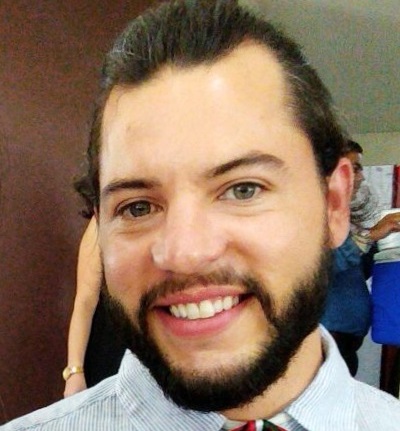I remember the year I graduated high school in 2006.
I grew up in a small rural town in Texas, on a 25 acre ranch in Wimberley.
Although I had heard many times from high school counselors and other people that, “I should go to college”.
I hadn’t ever interacted with a college professor, or any faculty, to learn more about why and what would be offered.
Fast forward to now, 2018, and I am able to connect with almost any professor around the country – directly.
How? Well, one short answer is: technology.
Specifically, channels like social media and blogging have enabled professors to directly connect with people and communities anywhere.
Today I want to share a few examples of how academia have taken marketing their degree programs into their own hands.
This group of academia are forever changing the way higher education is marketed to students.
Examples of Academia Leveraging Technology
To provide a consistent example, I took a common healthcare degree program here in the U.S. for ‘medical assisting’ or ‘MA’. Let’s see how professors and other academia around the country are leveraging technology to directly reach students.
Podcasting
Lawrence Laganelli is a medical assisting professor and program director. A few years ago he started a podcast called “Inside Medical Assisting” where he connects with professionals and they share stories about their work. His Facebook page promoting the podcast has over 10,000 fans! Considering the low cost and even possibility of free podcasting, this is perhaps the most effective form of marketing that his college has ever seen done for the medical assisting program.
Blogging
Another MA professor and program director is reaching students. This time, through blogging. Brian Dickens is writing career advice to help people become medical assistants and advance their careers. His latest article was viewed nearly 2,000 times on Facebook and has already been read thousands of times on his blog. Considering he is writing these articles himself and publishing them for free online, his ability to reach thousands with just one article is amazing and could not be done a few years ago.
Social Media
This example comes from a group of academia who have banded together to manage a huge Facebook group with nearly 11,000 members. The group facilitates helpful discussions to answer student’s questions and offer motivation and advice. The community built by these academia is really powerful. You can see new questions posted every few minutes with dozens willing to jump in and provide answers and help. Everything from researching degree programs to advancing your career is covered in the group attracting thousands of MAs from around the country.
Going Forward
As you can see, technology has really shifted how academia reach potential students.
Just a few years ago when I was a prospective college student, I had never had any interactions with college professors prior to enrolling at the University of Texas.
Nowadays, I can interact with professors all over the country by listening to their podcasts, commenting on their blogs, or joining their Facebook groups and talking directly to them!
Technology has really helped open up lines of communication between professors and students.
This has drastically changed and helped the marketing and communication of degree programs and outcomes around the country.
Going forward, I think we will continue to see direct advertising for higher education.
But I think we will see more and more of organic and content marketing efforts performed by academia leveraging new technologies.

